Leah R. M. Dickhoff
Obtaining Smoothly Navigable Approximation Sets in Bi-Objective Multi-Modal Optimization
Mar 24, 2022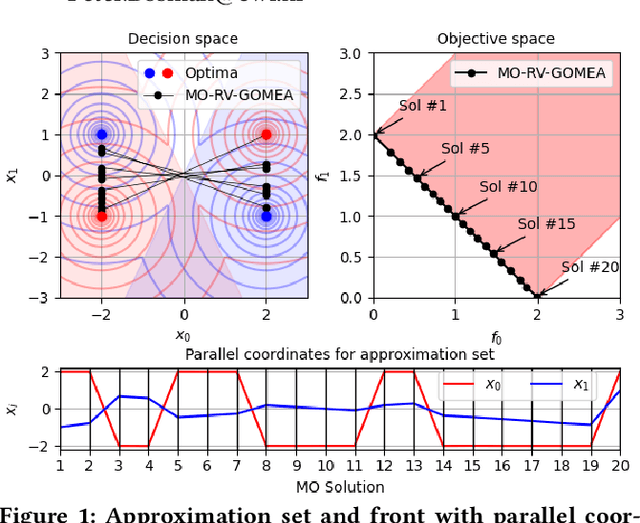
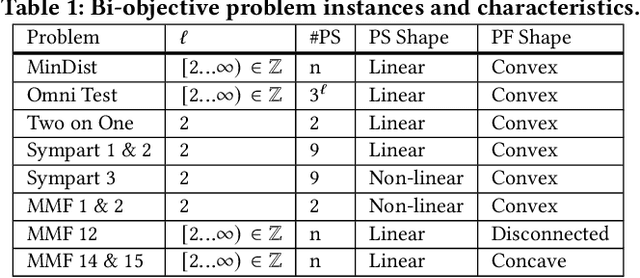
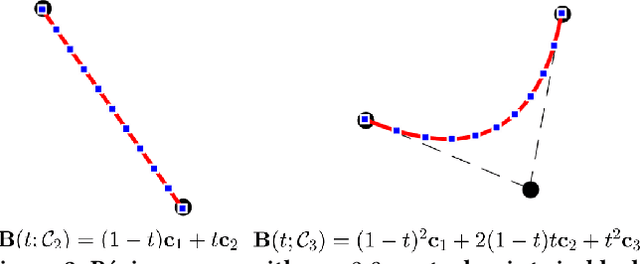
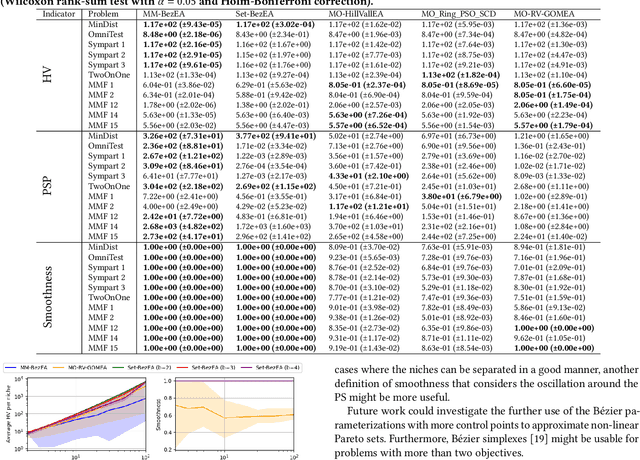
Abstract:Even if a Multi-modal Multi-Objective Evolutionary Algorithm (MMOEA) is designed to find all locally optimal approximation sets of a Multi-modal Multi-objective Optimization Problem (MMOP), there is a risk that the found approximation sets are not smoothly navigable because the solutions belong to various niches, reducing the insight for decision makers. Moreover, when the multi-modality of MMOPs increases, this risk grows and the trackability of finding all locally optimal approximation sets decreases. To tackle these issues, two new MMOEAs are proposed: Multi-Modal B\'ezier Evolutionary Algorithm (MM-BezEA) and Set B\'ezier Evolutionary Algorithm (Set-BezEA). Both MMOEAs produce approximation sets that cover individual niches and exhibit inherent decision-space smoothness as they are parameterized by B\'ezier curves. MM-BezEA combines the concepts behind the recently introduced BezEA and MO-HillVallEA to find all locally optimal approximation sets. Set-BezEA employs a novel multi-objective fitness function formulation to find limited numbers of diverse, locally optimal, approximation sets for MMOPs of high multi-modality. Both algorithms, but especially MM-BezEA, are found to outperform the MMOEAs MO_Ring_PSO_SCD and MO-HillVallEA on MMOPs of moderate multi-modality with linear Pareto sets. Moreover, for MMOPs of high multi-modality, Set-BezEA is found to indeed be able to produce high-quality approximation sets, each pertaining to a single niche.
Adaptive Objective Configuration in Bi-Objective Evolutionary Optimization for Cervical Cancer Brachytherapy Treatment Planning
Mar 16, 2022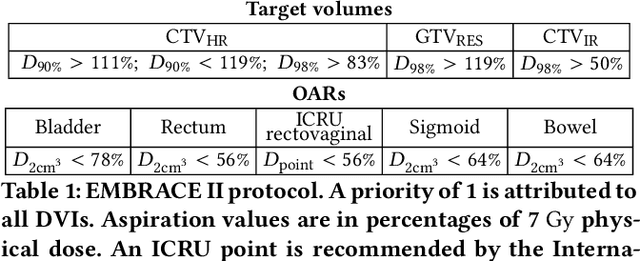
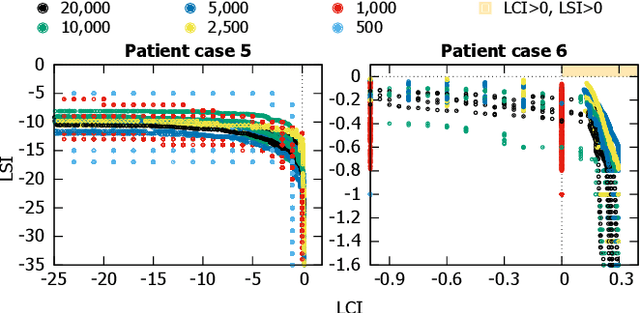

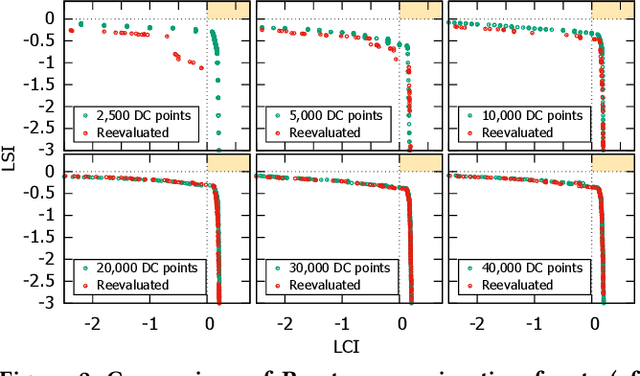
Abstract:The Multi-Objective Real-Valued Gene-pool Optimal Mixing Evolutionary Algorithm (MO-RV-GOMEA) has been proven effective and efficient in solving real-world problems. A prime example is optimizing treatment plans for prostate cancer brachytherapy, an internal form of radiation treatment, for which equally important clinical aims from a base protocol are grouped into two objectives and bi-objectively optimized. This use of MO-RV-GOMEA was recently successfully introduced into clinical practice. Brachytherapy can also play an important role in treating cervical cancer. However, using the same approach to optimize treatment plans often does not immediately lead to clinically desirable results. Concordantly, medical experts indicate that they use additional aims beyond the cervix base protocol. Moreover, these aims have different priorities and can be patient-specifically adjusted. For this reason, we propose a novel adaptive objective configuration method to use with MO-RV-GOMEA so that we can accommodate additional aims of this nature. Based on results using only the base protocol, in consultation with medical experts, we configured key additional aims. We show how, for 10 patient cases, the new approach achieves the intended result, properly taking into account the additional aims. Consequently, plans resulting from the new approach are preferred by medical specialists in 8/10 cases.
 Add to Chrome
Add to Chrome Add to Firefox
Add to Firefox Add to Edge
Add to Edge